What does the Floral Emblem mean?
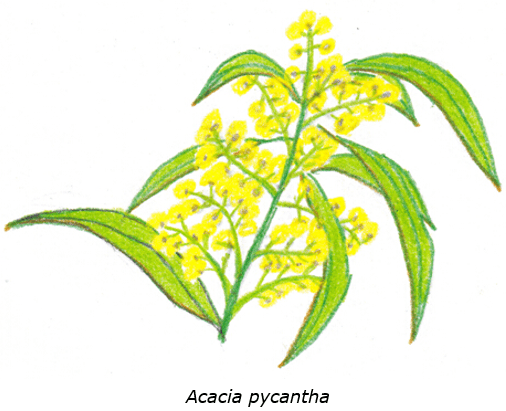
What does the Floral Emblem mean?
Back in the late seventies I was unsuccessful in a bid to have the Redland Shire Council remove the Poinciana as its floral Emblem and adopt a local native; Melaleuca quinquinervia, as its supreme tree despite having the majority of the residents at the time favouring a native over an foreign tree. My back up tree if the Shire wanted to maintain the RED theme was to have Brachychiton aceriifolium.
To me Melaleuca quinquinervia would have been an ideal choice – native, easy to grow, consistent and prolific in bloom with history. It was found in every division of the Shire, on every Island and in every suburb. It grew and could be seen at the 4 entry points to the Shire in those days from Gumdale, Capalaba west Mount Cotton Road and Carbrook. It lined many of the main roads in the shire but was never weedy. It had the ability to grow on all soil types and in every garden in the area something the Poinciana was incapable of doing.
It is a beautiful tree that offered shade, is easy to grow and flowers prolifically, attracting birds, insects and a myriad of native bees to the garden. The scent from its flowers would fill the air like a swarm of honey bees depositing its radiating honey scented perfume for all to enjoy. It was amenity friendly in that it did not produce problem some roots that tore up footpaths.
The bark as its Latin name implied mela is black and Leuca white. It represented the colours or the people who resided there and was an intrical part of the indigenous people’s lives, folklore and those of the first European settlers to the district.
The bark was used for making roof thatching, fires and dillies. The nectar from the flowers was sweet and eagerly eaten by children. The leaves were used as an insect repellent and crushed to release the oils to relieve headaches or stuffy noses. The young long slender flexible branches were stripped and used as cordage. The tree was as flexible and offered uses as diverse as its people. But the Shire councillors in their lack of wisdom and foresight of the day chose to turn their backs on a beautiful native tree for a tree with problem some high maintenance roots from Madagascar. I even suggested if the Council wanted to retain a red flower then Brachychiton acerifolius, Melaleuca viminalis or Melaleuca salicina purple flowering form.
Now days with Global warming a native floral emblem can give greater impotence for the need to preserve local indigenous plants.
It is interesting to note that it appears that not one of Australia’s state or National Floral Emblems was chosen by the people through popular vote. However most enjoyed the popularity of the people, prior to their adoption through to the present day. The noticeable exception is probably Tasmania’s floral emblem.
Australia – 1st September 1988 – Acacia pycnantha
Archibald Campbell founded the Wattle Club in Victoria in 1899 to promote a Wattle Day every September to recognize the flower as a symbol of patriotism. In 1908 he delivered a lecture entitled “Wattle Time or Yellow-haired September” in which he stated that “By numbers, the Wattle is almost exclusively Australian, and should undoubtedly be our National Flower”. Interest was encouraging with a National Wattle Day revived in Sydney in 1909. Victoria and South Australia participated in 1910 and Queensland in 1912.
Acacia pycnantha enjoyed popular acceptance as Australia’s national flower for much of this century and its colours were adopted as Australia’s national colours of green and gold especially by sportsman. Acacia pycnantha was not proclaimed as the national floral emblem until 1988, the year of Australia’s bicentenary.
A ceremony was held on 1 September 1988 at the Australian National Botanic Gardens when the Minister for Home Affairs, Robert Ray, made the formal announcement, and the Prime Minister’s wife, Mrs. Hazel Hawke, planted a Golden Wattle Acacia pycnantha.
Acacia pycnantha adorns the Australian Coat of arms with the Red Kangaroo and the Emu.
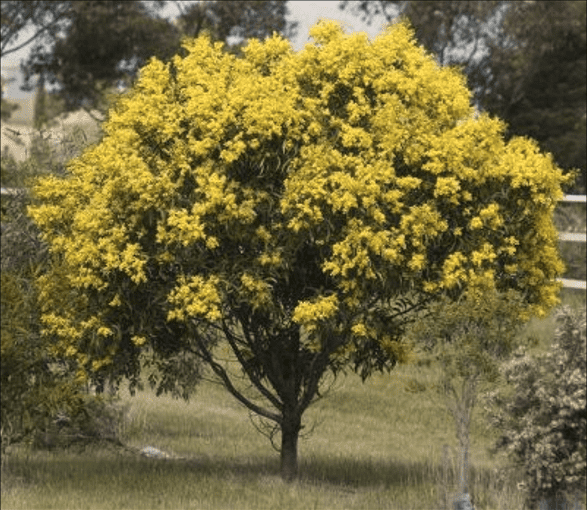
Canberra – 26th May 1982– Wahlenbergia gloriosa
Wahlenbergia gloriosa was the unanimous recommendation of a committee chaired by Dr Robert Boden , Director of the Australian National Botanic Gardens. Mr. Max Gray and Professor Lindsay Pryor were invited to join the committee to provide botanical advice on local species to be considered worthy of being the national Capitals Floral Emblem. The first and most important criterion for consideration was that the plants had to be predominantly native to the Australian Capital Territory. Other desirable features sought in a ranked list of recommendations included horticultural merit and design potential, both in naturalistic and stylized representations. Mrs. Lorna Rudduck and Mr. Derek Wrigley were asked to consider the short list on their individual merits for design purposes.
New South Wales – Telopea speciosus
Waratah are extensively featured in Aboriginal legends. It was also extensively used by early European settlers for basket making and mats. The plant’s flowers were regularly depicted in many everyday items such as paintings and pottery. It has been used for company logos and as architectural ornamentation particularly in the early 19 hundreds. The common name Waratah has been used in naming towns, steamships and even local and the states football team wore the logo proudly. The next step was obvious make it the states Floral Emblem
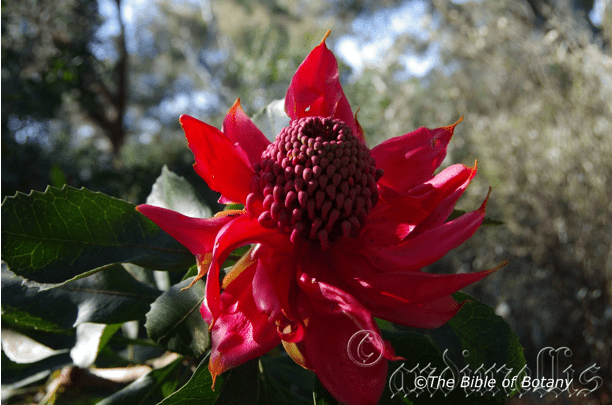
Victoria – 11th November 1958 – Epacris impressa
Representatives of interested Victorian government departments, societies and individuals met on 18 September 1951 and unanimously agreed on Common Heath as the State floral emblem.

Epacris longiflora which is closely related to the Victorian floral emblem.
Queensland – 19th November 1959 – Dendrobium bigibbum
In 1959 Queensland was preparing for its Centenary the state government sought advice on a native species which would be suitable for its floral emblem. The species suggested at the time were the Cooktown Orchid ( Dendrobium bigibbum), the Red Silky Oak (Grevillea banksii), Umbrella tree (Schefflera actinophylla), and Wheel of Fire (Stenocarpus sinuatus).
The Courier Mail, sought additional suggestions from its readers and finally compiled a list of thirteen species. In a public poll for the most popular choice as floral emblem, 10,917 entries were submitted. The organizers claimed the “Cooktown Orchid” was the popular choice for the Emblem. Grevillea banksii was second, and third was Euphorbia pulcherrima, Poinsettia, a Mexican species already used as the floral emblem of the capital city, Brisbane.
On 19 November 1959 the Cooktown Orchid, under the botanical name of Dendrobium bigibum var. phalaenopsis, was proclaimed as the floral emblem of Queensland (Act). It conformed with the Government’s criteria in being an easily cultivated native species confined to Queensland, decorative and distinctive in appearance, and coloured close to the State colour, maroon if you use a lot of imagination may be the column of some flowers had a flash of maroon.

https://www.jcu.edu.au/australian-tropical-herbarium/contact/staff-profiles/dr.-ashley-field
Western Australia – 9th November 1960 – Anigozanthos manglesi
The Green and Red Kangaroo paw was recommended to the Premier of Western Australia by the Wildflower Tourist Organization which believed the emblem would enhance tourism if the state adopted a truly Western Australian flower. The Premier agreed that it would be a logical choice which is loved by everyone in the state. The State floral emblem is incorporated in the armorial bearings of Western Australia on 17 March 1969, and in this form appears on the stationery of all government departments and many government publications.

Anigozanthos manglesii
South Australia 23rd November 1961 – Swainsona formosa
The iconic status of Sturt’s Desert Pea in Australia, and particularly in South Australia, has ensured its use as a popular subject in artwork and photography. It as is decorative easy to work as a motif for government and commercial use. Sturt’s Desert Pea has also made many appearances in prose and verse as well as featuring in aboriginal legends. With its strong colours of black and red it is transferred onto the states colours of Red and yellow often with a splash of black making it the perfect choice of that state.

Swainsona formosa
Tasmania – Eucalyptus globulus
Eucalyptus globulus along with the hops and apple are the 3 plants depicted on the Tasmanian Coat of arms. The tree comprises of 50mm of the hard wood forested and grown in Tasmania which is in line with the other 2 plants the state is known for. All 3 are commercially important to the state.
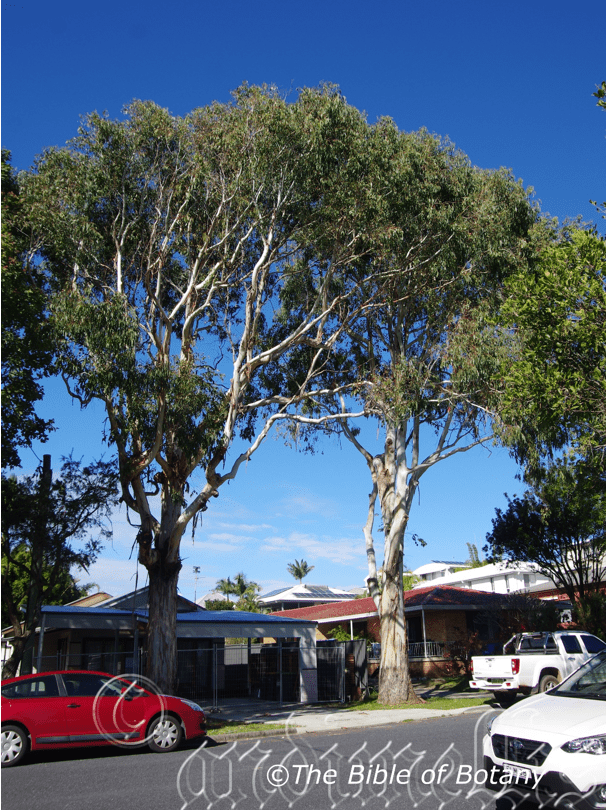
Northern Territory – Gossypium sturtianum
The Northern Territory is the only state or territory that has its floral emblem as a major part of its flag. It is depicted, in the official colours, black, white and ochre. Sturt’s Desert Rose in stylized form, together with the Southern Cross constellation. Mounted on an ochre panel, the 7 white petals and the 7 pointed black star forming the flower’s centre, represent the six Australian States and the Northern Territory.
Of the hundreds of cities and shires in Australia I searched, it was really disappointing to find just 18 cities, that bear an Australian native flower as its floral emblem and had it prominently displayed with pride. Most people; in fact an overwhelming majority, from both sides of politics have told me that they would like a local native flower as their Floral Emblem. Residence who resided in areas that had a native flower as their floral emblem, were surprised that any council would adopt a non native flower as its symbol. Congratulations to those councils. I hope more councils will come forward once the book is part of their library and name a native as their local emblem.
If your city or Shire is not here and you have a native flower as your floral emblem please notify us so we can update our records.
If the history of the chosen plant is known please forward that information as well.
Alice Springs – Gossypium sturtianum
Broken Hill – Swainsona formosa

Swainsona formosa
Bundaberg March 18th 2014 – Xanthostemon chrysanthus
At a meeting of council the councilors adopted the people’s choice of Xanthostemon chrysanthus for its floral Emblem. Residents who participated had a choice of 3 flowers to select from after a committee of local residents reduced the original 50 nominations down to 3. The 3 finalists were the Golden Penda (Xanthostemon chrysanthus), Ivory curl (Buckinghamia celsissima) and the the Eureka Bottlebrush (Melaleuca salicina var. eureka) The Bundaberg Regional Council hopes the new floral emblem will help unite the region following the amalgamation of the previous four Councils.
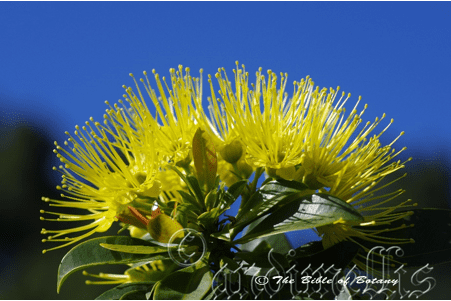
Cairns – Xanthostemon chrysanthus
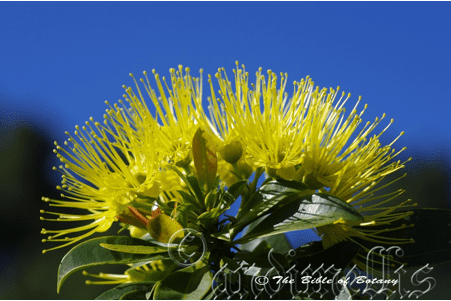
Coffs Harbour July 1st 1992 – Syzygium australe
The Coffs Harbour City Council decided to adopt the Woolgoolga berry, Syzygium australe as the city’s Floral Emblem.
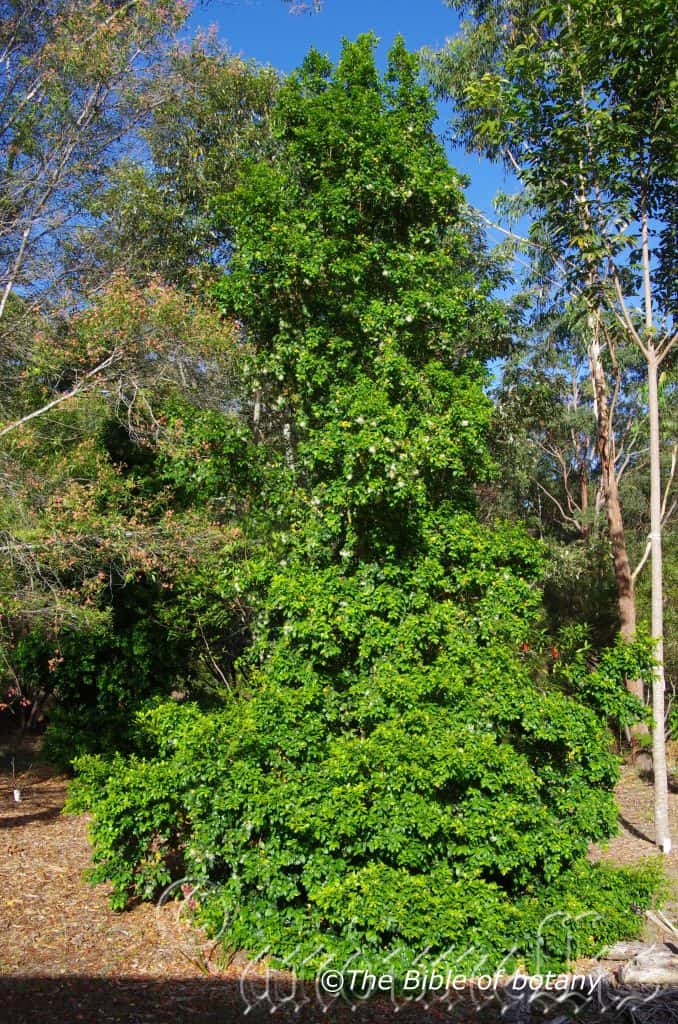
Cook Town Council – Vappodes phalaenopsis

https://www.jcu.edu.au/australian-tropical-herbarium/contact/staff-profiles/dr.-ashley-field
Cooloola Shire – Grevillea robusta
The Silky Oak is a fast growing tree, reaching a height of about 35 metres. Its bright orange-yellow blossoms make a beautiful show from September to November. The tree’s timber is suitable for cabinet making. The logo of the Shire is simple and beautiful with the CSC representing the mountains and sea with the leaves and golden flowers serving as a reminder of the golden past of gold rushes and the future of the environment and growth in its capsules and seeds. Well done Cooloola.
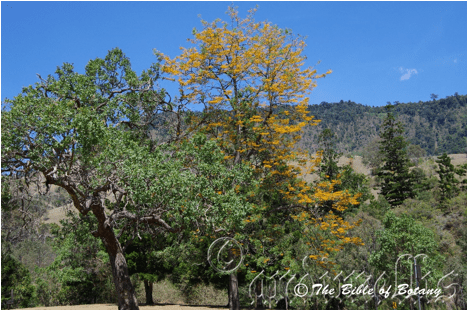
Cootamundra Shire council – Acacia baileyana
The shires colours are the gold and Green of the Cootamundra Wattle and are prominently displayed on the shires logo and coat of arms.
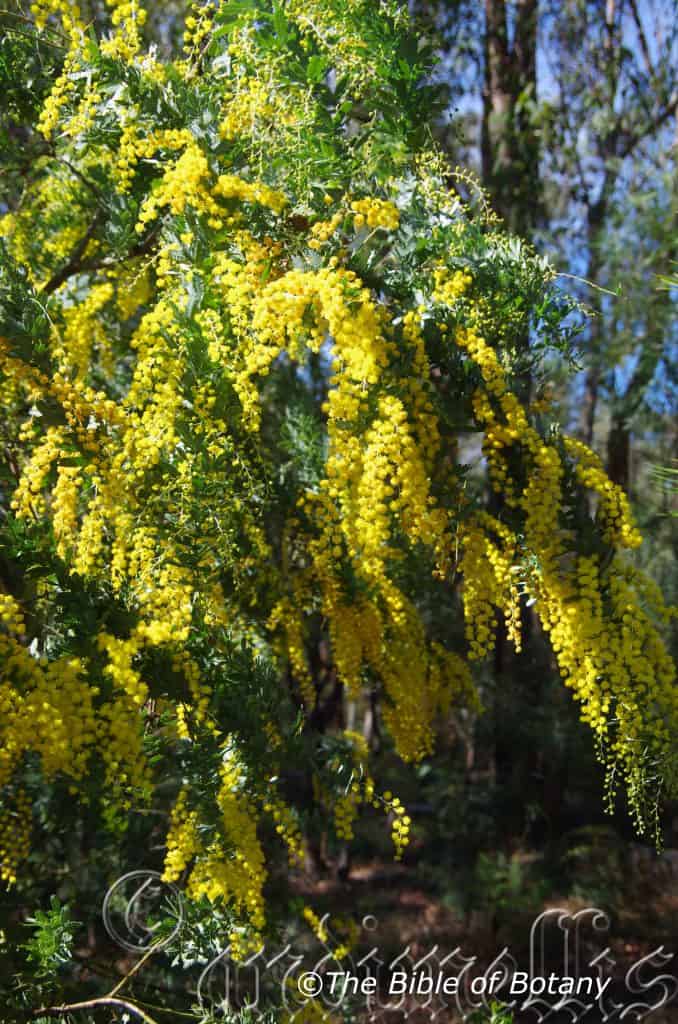
Somerset Council – The amalgamated councils of Esk and Kilcoy decided to adopt both the old council’s floral emblems. This was accepted by the new Council as a mediation and as both the old councils considered the floral emblems were only symbolic and did not serve any real purpose thus they are not incorporated in their coat of arms. The red and gold would make for very strong colours in advertising for the shire.
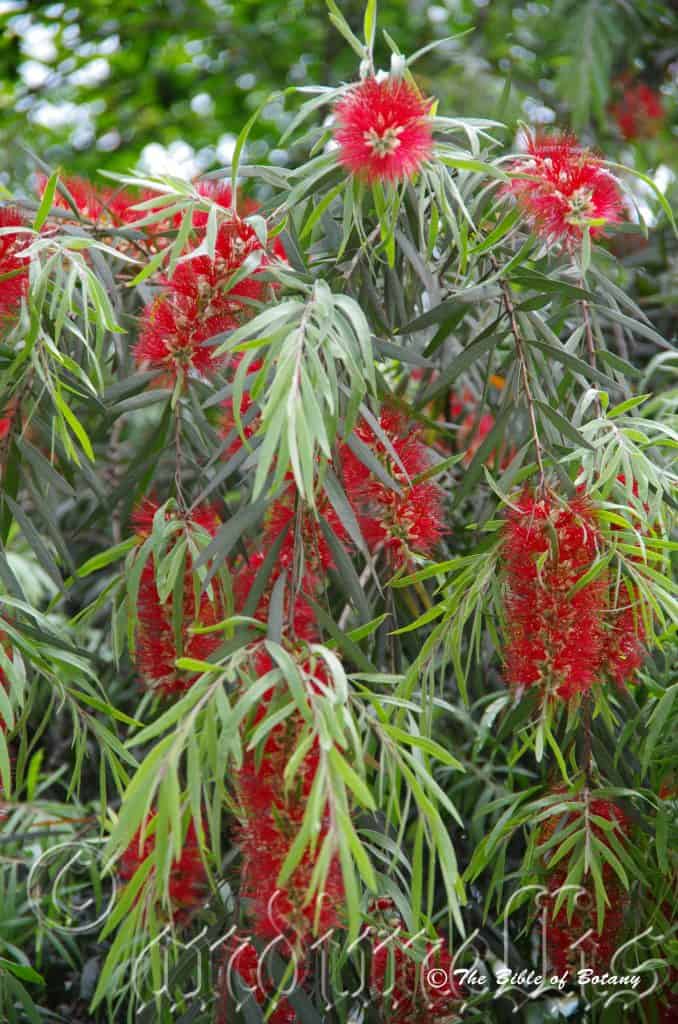
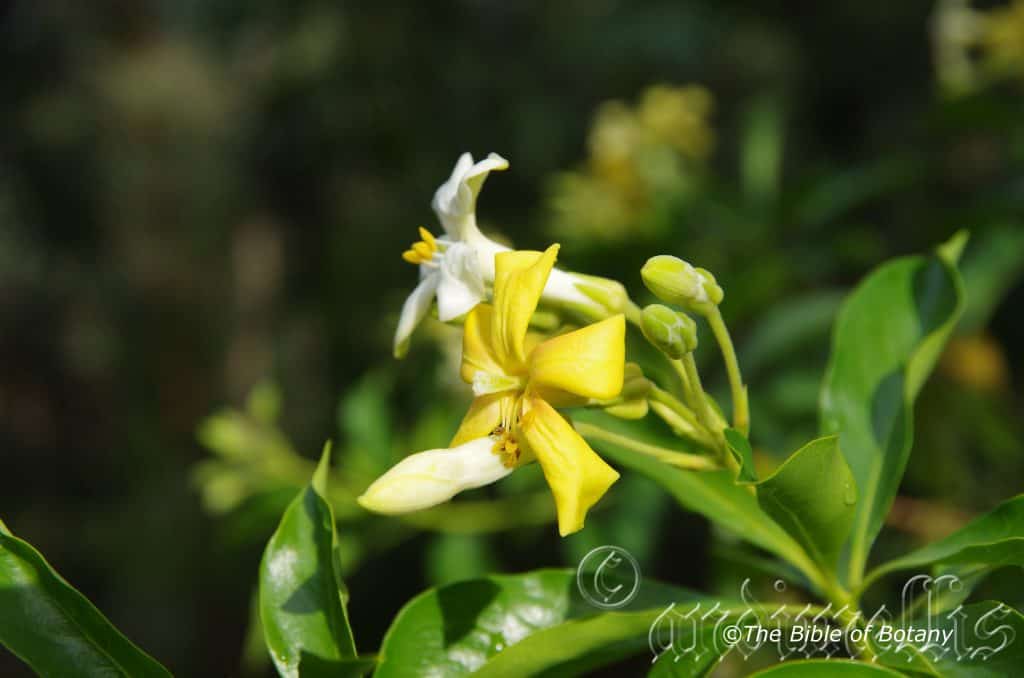
Melaleuca viminalis Hymenosporum flavum
Hervey Bay – Grevillea banksii
Gladstone Previous Councils floral Emblem until amalgamation & was still the popular choice in 2009 – Bauhinia syringifolia
It is still the favourite choice of the people of the district and will most likely become the new councils floral emblem.

Gold Coast – Banksia aemula
The floral emblem for the Gold Coast was adopted because of its association with the wallum heaths which the district was known for. The “Wallum Banksia” comes from the Aboriginal word used to describe the habitat where it grows.
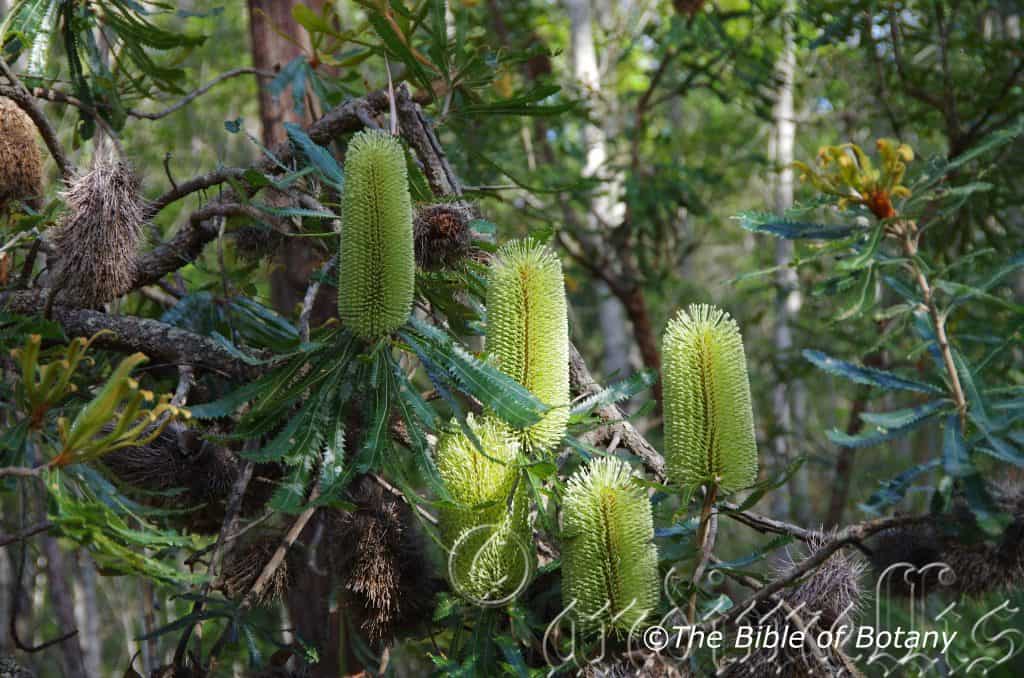
Ipswich city Council – Corymbia curtisii / Eucalyptus curtisii
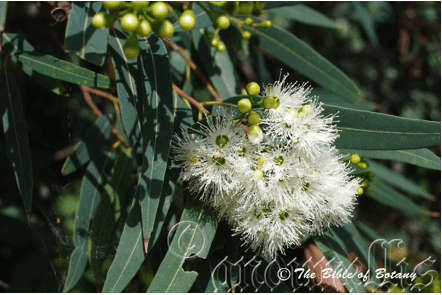
Cocos [Keeling] Islands – Cocos nucifera
The Coconut palm is held in such high esteem that in the Cocos Keeling Islands that it graces the upper left hand corner of the Territory’s flag surrounded by a yellow sun. The rest of the flag captures the Crux australis and the moon in gold against a deep green background.
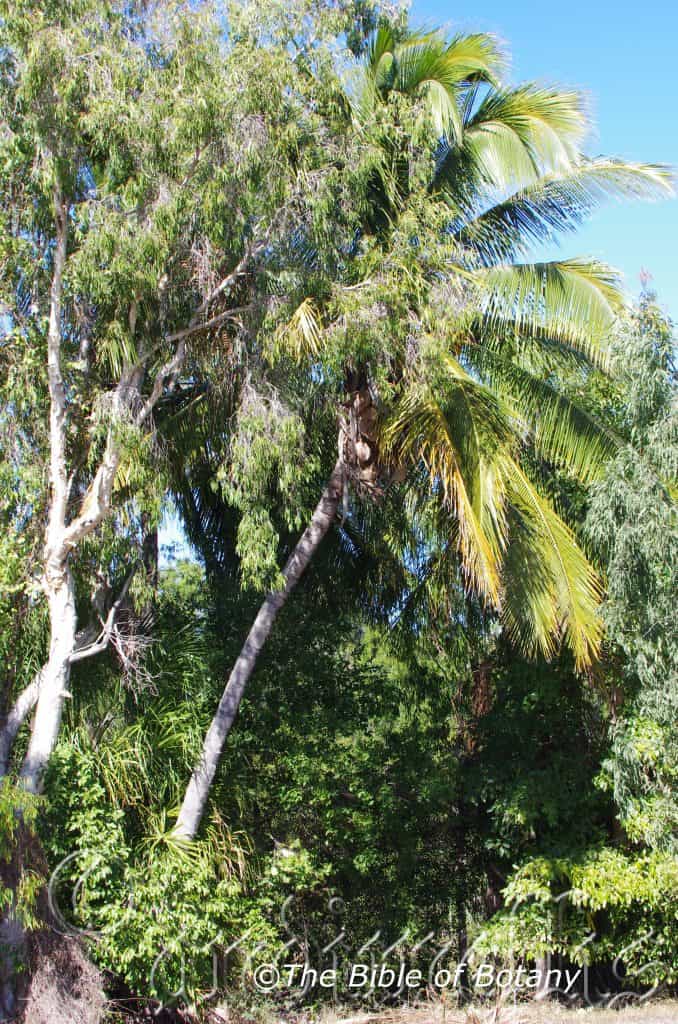
Lord Howe Island – Hibiscus insularis
The symbol of conservation on the Island is further symbolised in the Territories selection of this once rare flower that is now enjoying a resurgence of popularity through out mainland Australia. The Lord Howe Islands also display another local plant, the local Kentia palm, Howea forsteriana on its flag. Well done Lord Howe Islands on incorporating the environment and local pride with 2 great choices.
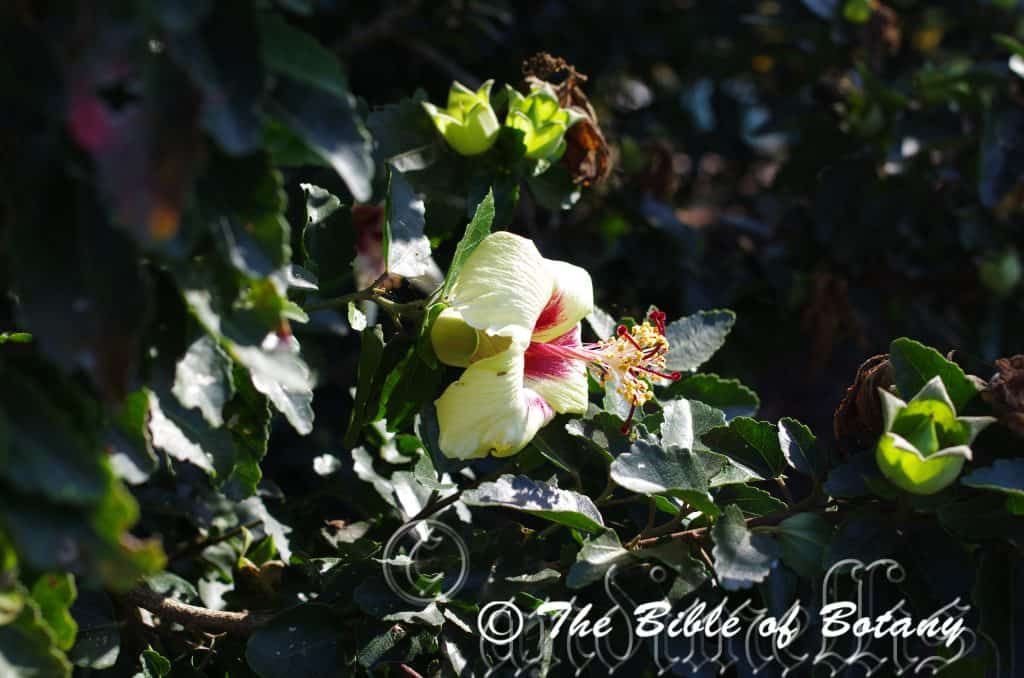
Noosa City Council – Boronia keysii
Their rationale for the design and selection is its delicate and organic design is derived from repetitions of the existing logo. The resulting sphere appears to be three dimensional, emphasising the Biosphere’s protective nature.
Boronia keysii is a small shrub to 2 meters that flowers in spring. It is restricted to the Noosa River Plain, just north of Lake Cootharaba. Boronia is named after Francesco Barone an Italian botanical enthusiast who died at 25. Keysii is named after a School teacher James Keys who had previously collected the unrecorded specimen from the Lake Cootharaba area in 1909. Dr. Arthur Harrold, noted Noosa environmentalist and respected amateur botanist, recounts in his book Wildflowers of the Noosa-Cooloola area, about Boronia keysii (Key’s Boronia). After being lost for many years it was rediscovered in 1972 and has now been selected as the floral emblem for the Noosa Shire.
Norfolk Island – Araucaria excelsa
The Araucaria excelsa is held in such high esteem that it graces the Territories Flag and many beach fronts along the east coast of Australia.
Towoomba – Acacia pycantha
The cities colours are Gold and Violet which are represented by the colours of its adoption of the Wattle Acacia pycantha and Violet as its Floral Emblem. In choosing Acacia pycnantha and the exotic Viola both plants are foreign to the area as are many of the people who live there and are symbolic of the councils colours of Gold and Purple.
Maybe my council; The Clarence Valley City council, which is steeped in history coupled with the alien Jacaranda can take a more positive view of the environment, by adding a contrasting tree it could proudly be displayed and extend the Jacaranda Festival with its purples by adding white, red or yellow. To adopt Brachychiton acerifolia for a strong red or red and yellow through Castanospermum australe or even Melaleuca viminalis. If the council wanted to continue with its colours of purple and white then the adoption of Melaleuca alternifolia with Viola betonicifolia would make real sense. Jacksonia scoparia, which is also easy to cultivate adding a splash of yellow.
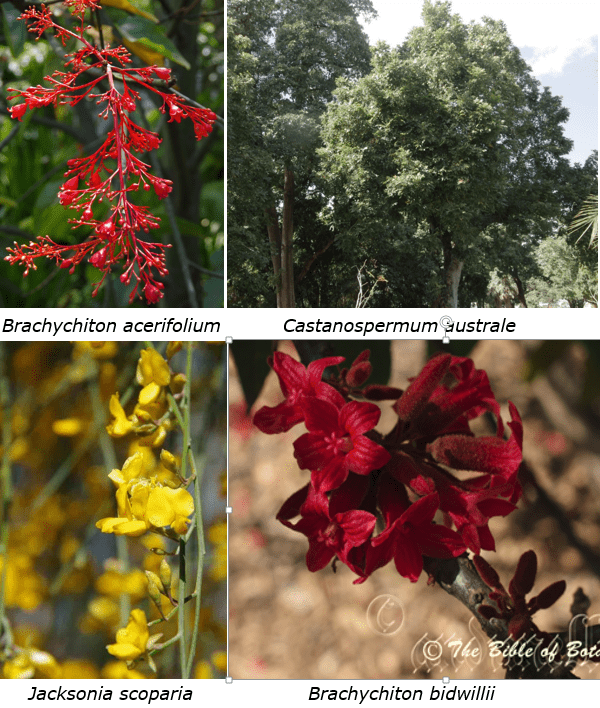
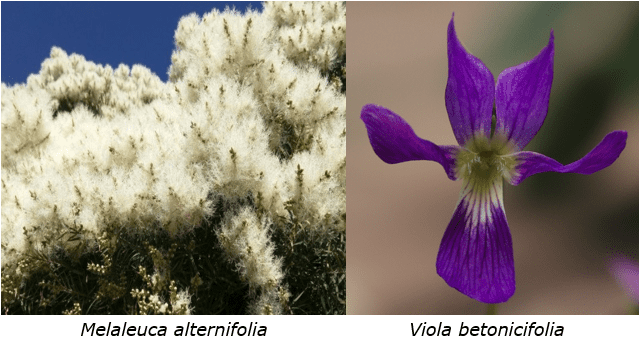
With over 24,000 native plants to select from, over 20,000 endemic species and over 2,000 local natives species, there is no shortage to select. Still no one has had the imagination to view the humble mushrooms as a symbol of the people. Do not laugh. It has your attention. They would make a great conversation piece.
Ramaria species (below) is available in every colour, and could easily be drawn symbolizing quick organic growth, flourishing in times of rain, the hiding away resiliently during droughts, (Dorothy Mackellar’s “A sunburnt Country”) with arms spreading inclusively embracing all her residence. A table delight that could foster a new wave of agriculture bringing wealth to the district while softening the impact on the land and quashing the use of our precious water. Yes, I can see the humble mushroom “Ramaria” rising to the pinnacle of notoriety.
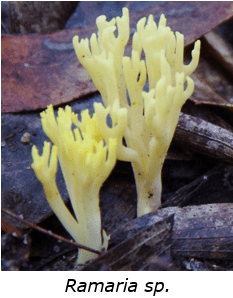
Asero rubra is an attractive little stinker or Colus pusillus could take you for a lover of carrion role or catch your imagination! Then we would be the butt of many a joke would we not. Like being kept in the dark and fed nothing but, you know how it works with those little stinkers and carrion attractors who give the family a bad name. A Council with foresight could start a humour festival attracting a lot of fun guys to town?
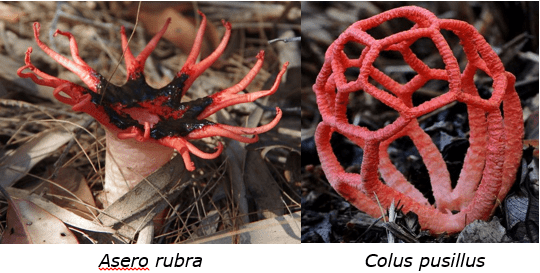
Think of it Come visit the Clarence we have a lot of “fun guys”.
Or why is the fungi going out with the toadstool? Because he couldn’t find a date.
Not mushroom in here with all those fun guys being the life of the party but the toadstools lichen a lot.
Those little rotters standing up, looking beautifully innocent while living off the flesh of hard working disciples struggling to exist in an ever increasing suburbia where dog eats dog, man eats man and fungi devour fungi.
A true symbol of life in modern Australia but then they hold the dreams of many a child.

And there’s that purple again in a local mushroom. Like my great grandchildren, they have many a fairy tale to tell, and I can only dream too.
But then if you adopted Phallus multicolor as your city’s Floral emblem you have a rainbow of colours to choose from and for the shape.
Can’t you see it on every council letterhead?
What more can I say?
The publicity would be extraordinary and free.
Thousands would flock to town just to see my and your Phallus.
After all we could have a competition and see who could grow the biggest one, smallest one, most colourful one the prettiest one and the list goes on. It would be a conversation piece on its own without the obvious trophies for the winners. Now you can’t do that with the foreign jacaranda.
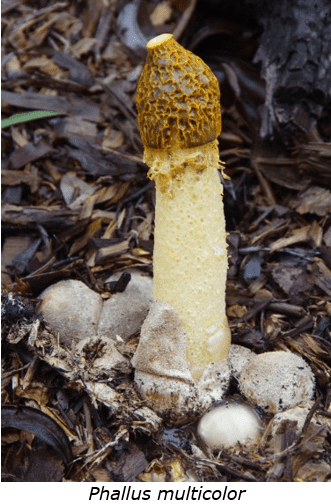
Further Comments from Members:
All information is included in good faith and has been thoroughly researched prior to printing. The website or the author does not warrant or guarantee the accuracy of any information on these pages, nor does the website or the author accept any responsibility for any loss arising from the use of the information found within. The views and opinions are strictly those of the author or those members who chose to actively participate in the contents herein.
“Hi reader, it seems you use The Bible of Botany a lot. That’s great as we have great pleasure in bringing it to you! It’s a little awkward for us to ask, but our first aim is to purchase land approximately 1,600 hectares to link several parcels of N.P. into one at The Pinnacles NSW Australia, but we need your help. We’re not salespeople. We’re amateur botanists who have dedicated over 30 years to saving the environment in a practical way. We depend on donations to reach our goal. If you donate just $5, the price of your coffee this Sunday, We can help to keep the planet alive in a real way and continue to bring you regular updates and features on Australian plants all in one Botanical Bible. Any support is greatly appreciated. Thank you.”
In the spirit of reconciliation we acknowledge the Bundjalung, Gumbaynggirr and Yaegl and all aboriginal nations throughout Australia and their connections to land, sea and community. We pay our respect to their Elders past, present and future for the pleasures we have gained.
.